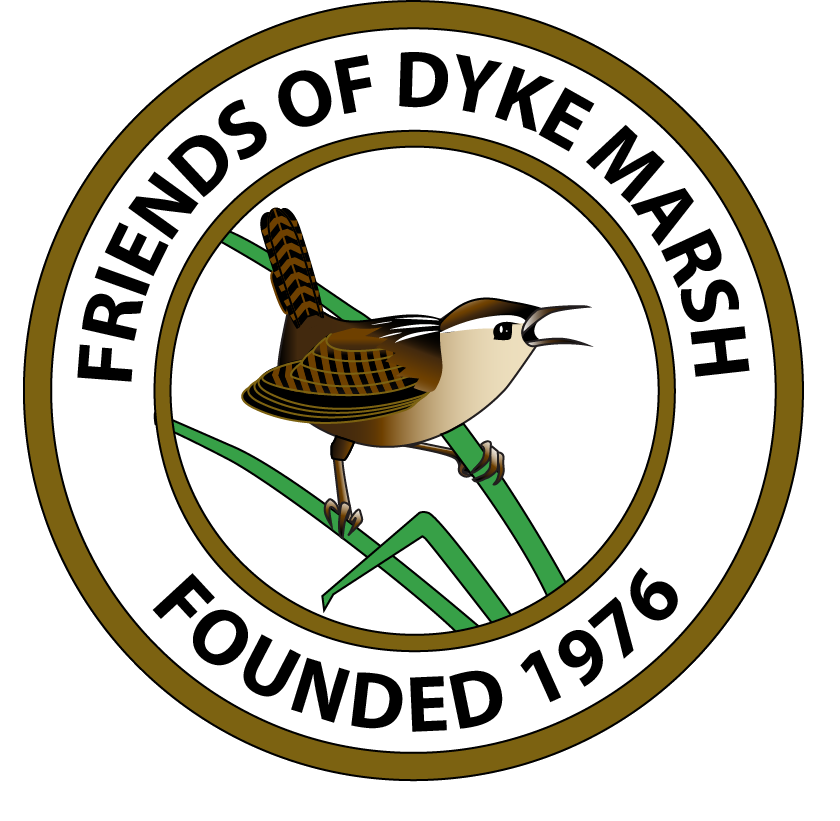Keen observer and former Friends of Dyke Marsh president Ed Eder documented three new species between June and October 2021, one new to the preserve and two also new to the George Washington Memorial Parkway.
 |
On September 29, Ed photographed the long-tailed skipper butterfly (Urbanus proteus) along the Haul Road trail. It is species number 6552, Lepidoptera number 865 and butterfly number 81 for the GWM Parkway. The guide Butterflies through Binoculars says, "Note the long, broad 'tails' . . . no other skipper has these tails. . . . note the striking blue-green iridescence." It is found in open fields and woodland edges, especially brushy and disturbed situations. Its major food plant is legume family vines. |
|
| Long-tailed skipper butterfly (Urbanus proteus). Photo by Ed Eder |
||
| On June 9, 2021, FODMer Ed documented a new fly species, Strauzia longipennis, never before confirmed on a Parkway property. Its common name is sunflower maggot fly because its primary host plant is the sunflower. Adults typically emerge in June. It was in the native plant area along Haul Road trail, the area where the Friends of Dyke Marsh planted over 4,000 native plants to support native insects, birds and other wildlife. For the Parkway, it was fly species number 282 and a new family, Tephritidae, the peacock flies. |  |
|
| Sunflower maggot fly (Strauzia longipennis). Photo by Ed Eder |
||
 |
On June 21, 2021, Ed observed and photographed a northern pearly-eye butterfly (Enodia anthedon) in Dyke Marsh. This is the first documentation of this butterfly species in Dyke Marsh since FODM started the butterfly survey in 2016. This butterfly is typically found in damp deciduous woods, usually near streams or marshes, in mixed transition zone woodlands. | |
| Northern pearly-eye butterfly (Enodia anthedon). Photo by Ed Eder |
||

